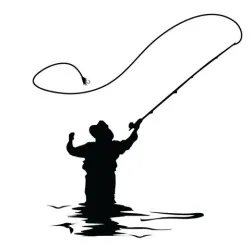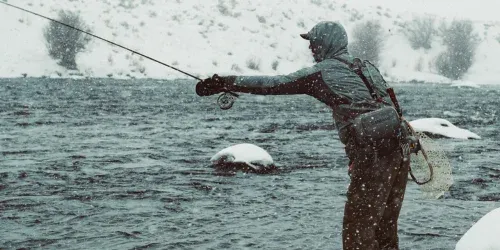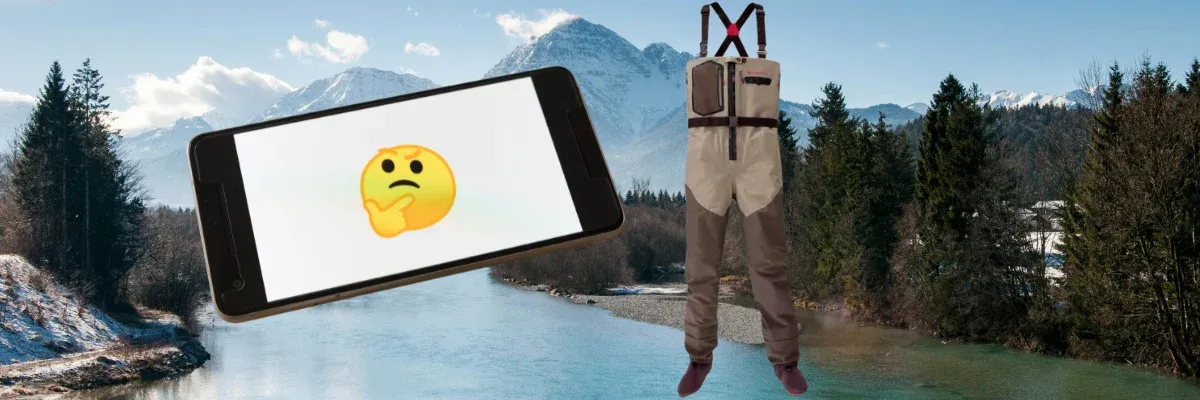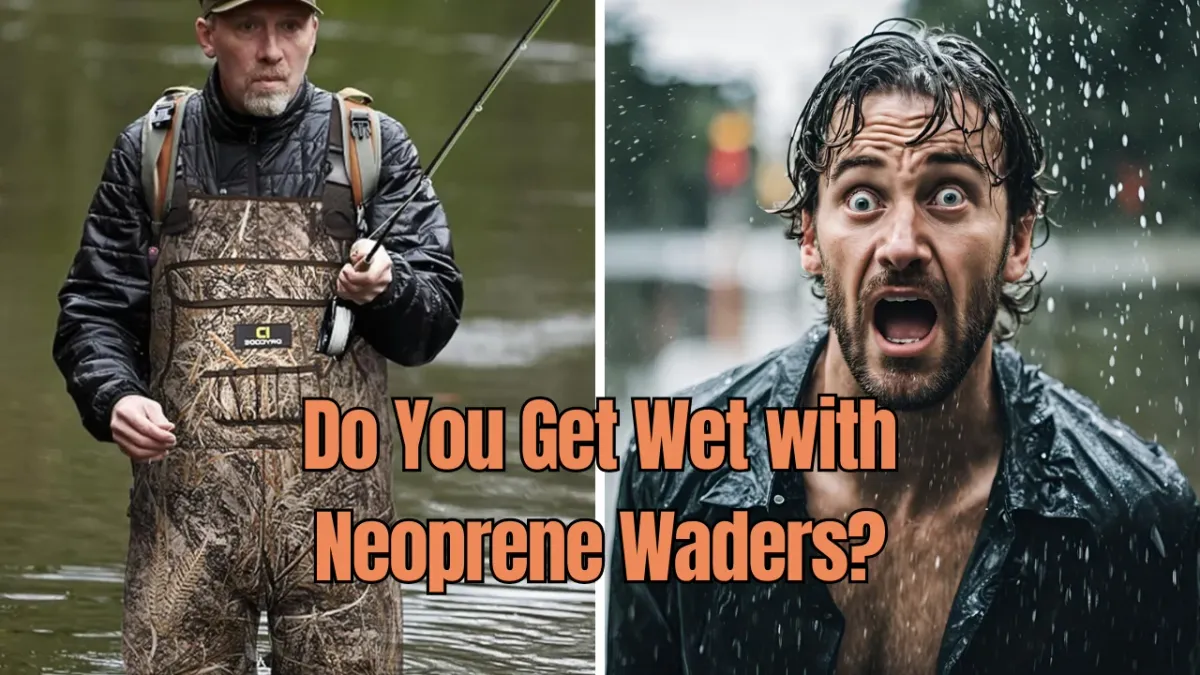If you're an avid angler or someone who enjoys fly fishing, you've probably wondered, "How long do neoprene waders last?" This question is crucial because a good pair of waders can make or break your fishing trip. Neoprene waders are popular for their durability and insulation, but their lifespan can vary based on several factors. Let's dive into the nitty-gritty details to help you get the most out of your investment.
Key Takeaways:
- Neoprene waders can last anywhere from 3 to 5 years with proper care.
- Factors such as frequency of use, maintenance, and storage significantly impact their lifespan.
- Investing in high-quality waders and following best practices can ensure you get your money's worth.

Factors Affecting the Lifespan of Neoprene Waders

Frequency of Use
The more you use your neoprene waders, the quicker they will wear out. If you're someone who goes fishing year-round, your waders will likely start leaking sooner than those used only during specific seasons. Moderate use, such as fishing trips a few times a month, can extend the life of your waders to around 3 to 5 years.
Maintenance and Care
Proper care is essential for extending the lifespan of your neoprene waders. Always rinse them with fresh water after each use to remove any salt, sand, or dirt. Hang waders upside down to air dry, avoiding direct sunlight, which can degrade the material. Storing them properly during the off-season can also make a significant difference.
Quality and Brand
Investing in High-Quality Waders
Not all neoprene waders are created equal. Brands like Simms and Orvis are known for their durability and quality. While they may be more expensive, they often come with better warranties and customer service. Investing in a high-quality pair can save you money in the long run by reducing the need for frequent replacements.
Brand Reputation
When choosing neoprene waders, consider the brand's reputation. Brands with a history of producing durable and reliable waders are more likely to offer products that last longer. Reading reviews and seeking recommendations can help you make an informed decision.

Environmental Factors
Exposure to Sunlight
Direct sunlight can be detrimental to neoprene waders. UV rays can weaken the material, causing it to become brittle and prone to leaks. Always store your waders in a cool, dark place to prolong their life.
Terrain and Conditions
The type of terrain you fish in can also affect the lifespan of your waders. Walking on sharp rocks, through brush, or over barbed wire fences can cause tears and punctures. Using waders with gravel guards and being mindful of your surroundings can help mitigate this risk.
Proper Storage
Off-Season Storage
Storing your waders properly during the off-season is crucial. Make sure they are completely dry before storing them to prevent mold and mildew. Hang them in a cool, dry place, and avoid folding them to prevent creases that can weaken the material.
Daily Storage
After each fishing trip, make it a habit to rinse your waders and hang them to dry. Avoid leaving them sitting in your car or in a damp environment, as this can accelerate wear and tear.
Repair and Maintenance
Fixing Leaks
Even the best waders can develop leaks over time. Knowing how to repair small tears and punctures can extend their life. Many brands offer repair kits, and there are plenty of online tutorials to guide you through the process.
Regular Inspections
Regularly inspecting your waders for signs of wear and tear can help you catch issues before they become major problems. Check the seams, boots, and neoprene material for any signs of damage and address them promptly.
Additional Gear
Wading Shoes and Boots
Pairing your neoprene waders with good wading shoes or boots can also extend their life. Wading shoes provide extra protection and support, reducing the strain on your waders. Look for boots with gravel guards to keep debris out.
Neoprene Booties
Neoprene booties can offer additional insulation and protection for your feet. They can also help reduce wear on the boots attached to your waders, extending their overall lifespan.
Seasonal Considerations
Spring and Fall
Spring and fall are popular seasons for fishing, and your waders will likely see more use during these times. Be extra diligent with your maintenance routine during these seasons to ensure they last.
Year-Round Use
If you fish year-round, your waders will experience more wear and tear. Consider having an extra pair of waders to rotate between trips, giving each pair time to dry and recover.

Conclusion
Neoprene waders are a valuable investment for any angler. With proper care, maintenance, and storage, they can last anywhere from 3 to 5 years, giving you plenty of time to enjoy your favorite fishing spots. By following the tips outlined in this article, you can ensure you get your money's worth and keep your waders in top condition.

FAQs
How can I tell if my neoprene waders are starting to wear out?
Look for signs like small leaks, thinning material, and worn seams. Regularly inspect your waders after each use to catch any issues early.
Can I repair my neoprene waders myself?
Yes, many small leaks and tears can be repaired at home using a wader repair kit. Follow the instructions carefully to ensure a proper seal.
Is it worth investing in high-quality waders?
Absolutely. High-quality waders from reputable brands often come with better warranties and are made from more durable materials, making them a worthwhile investment.
Related articles:











